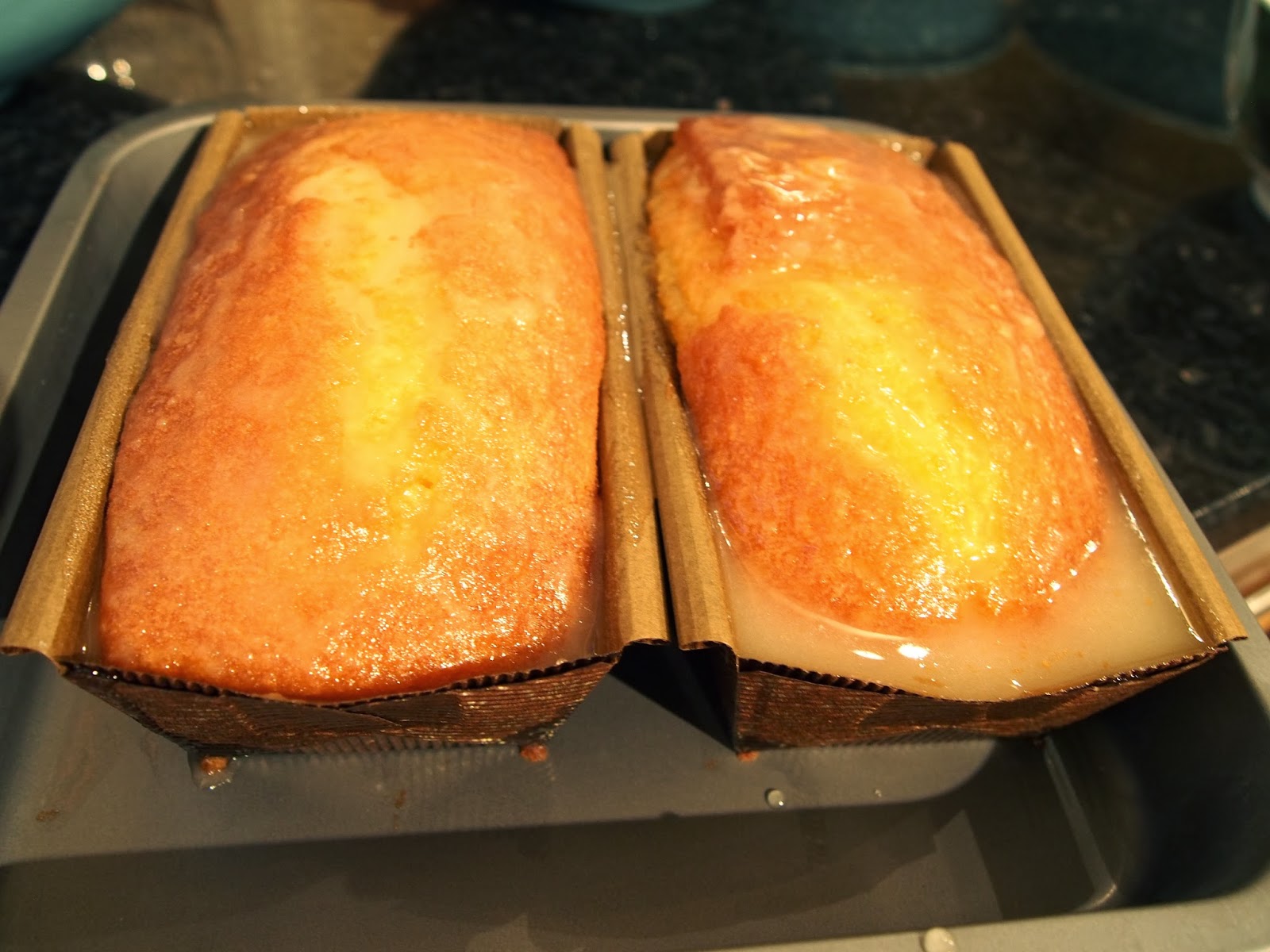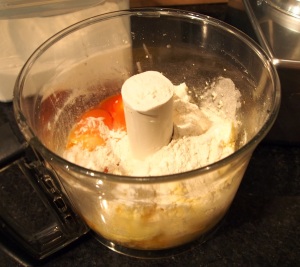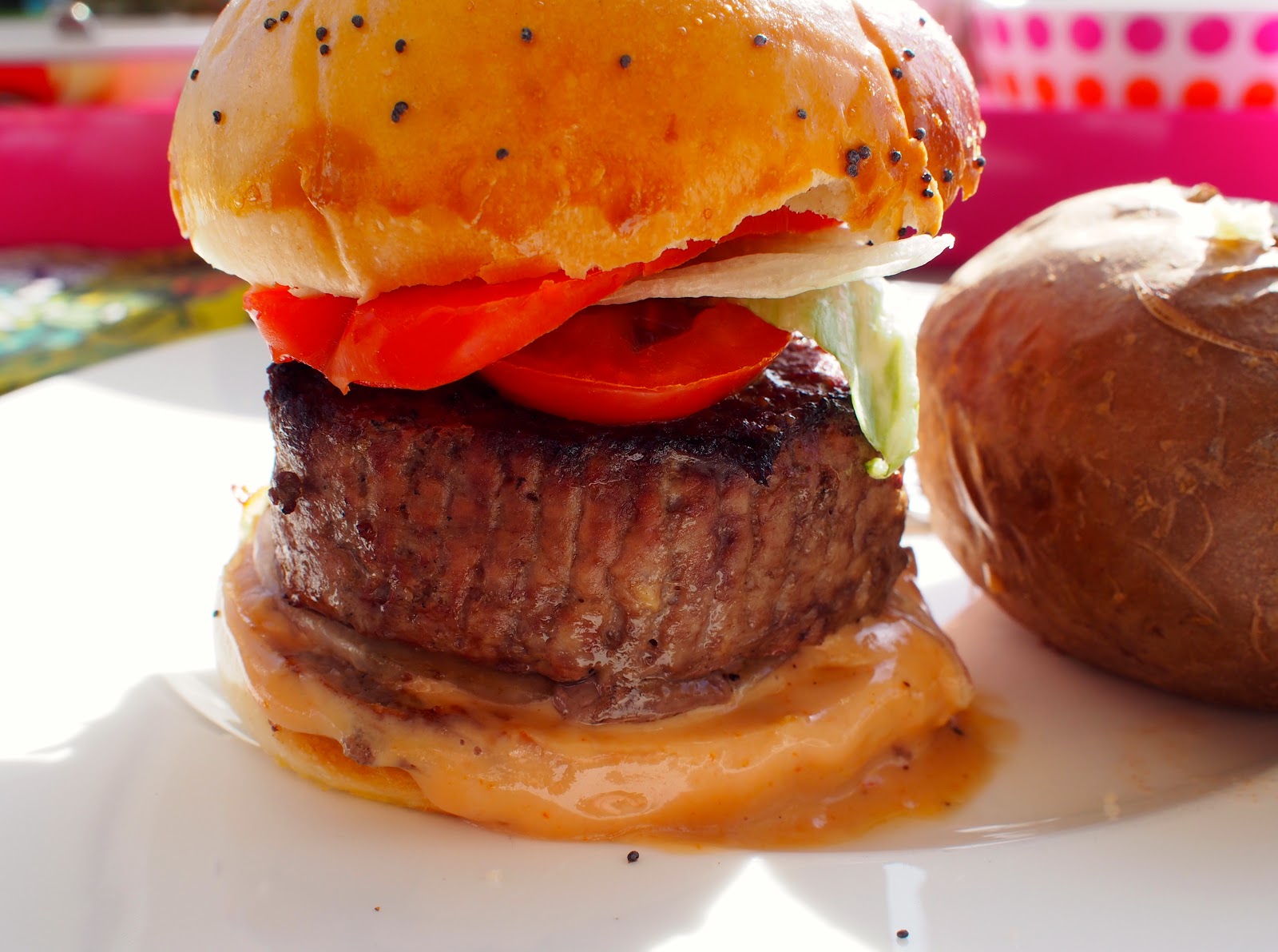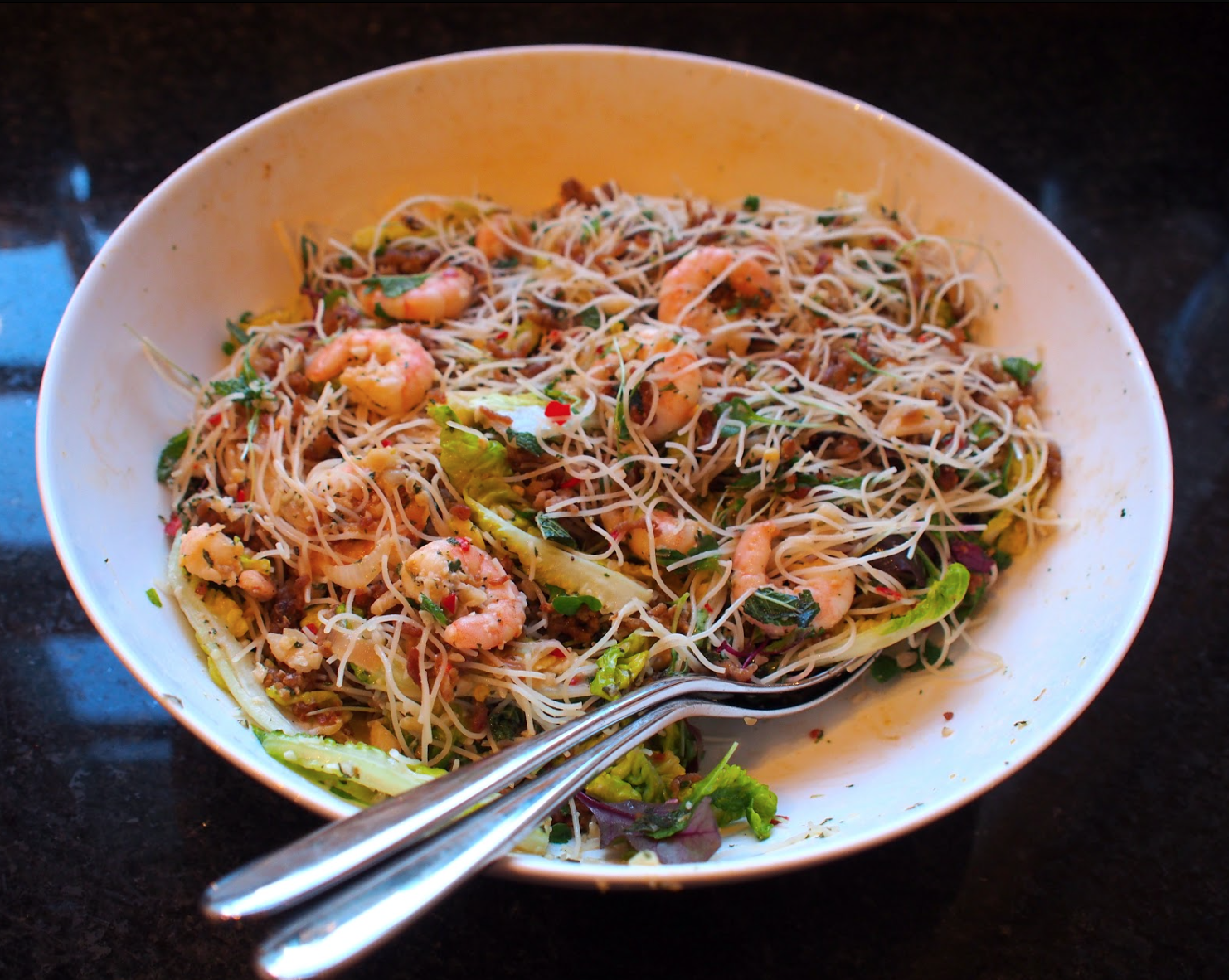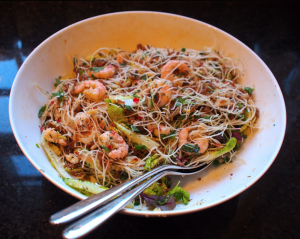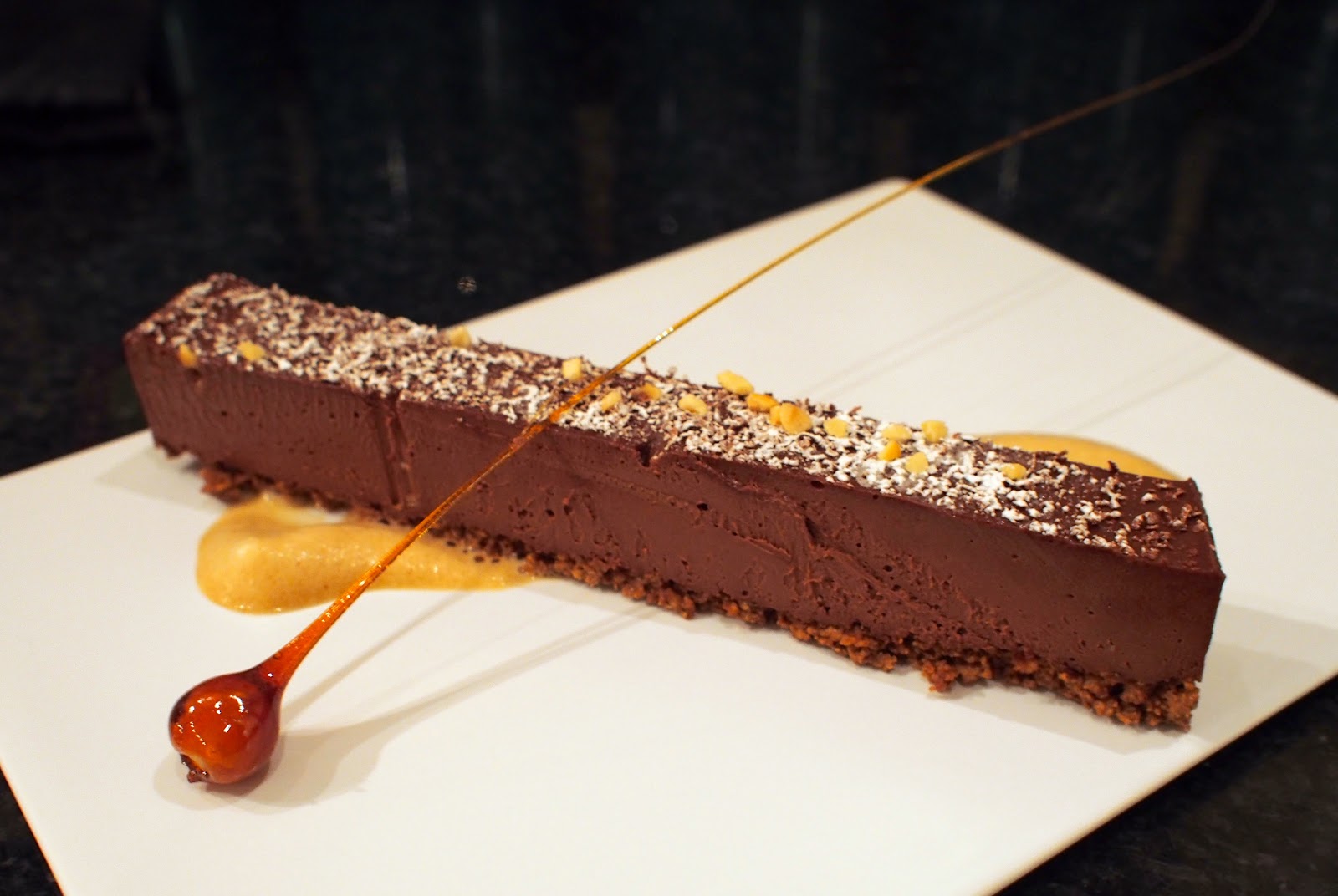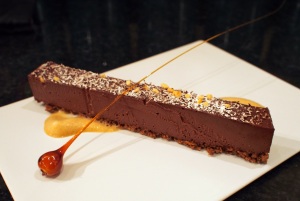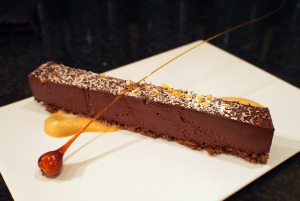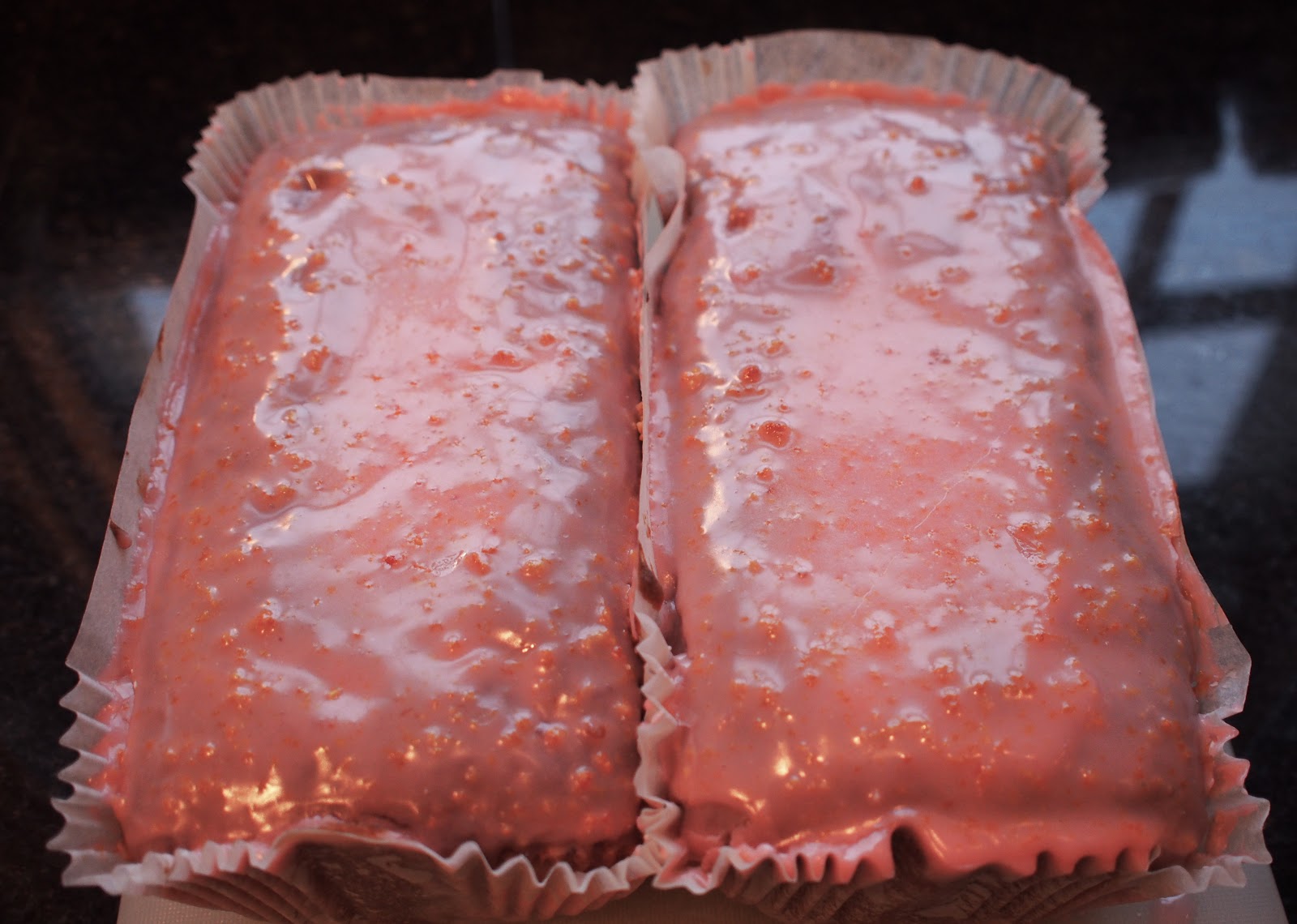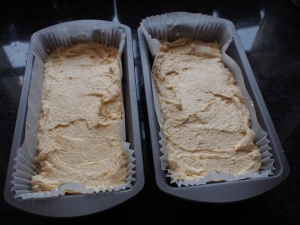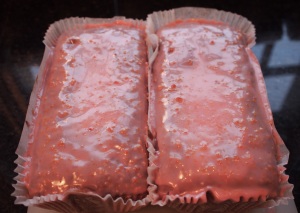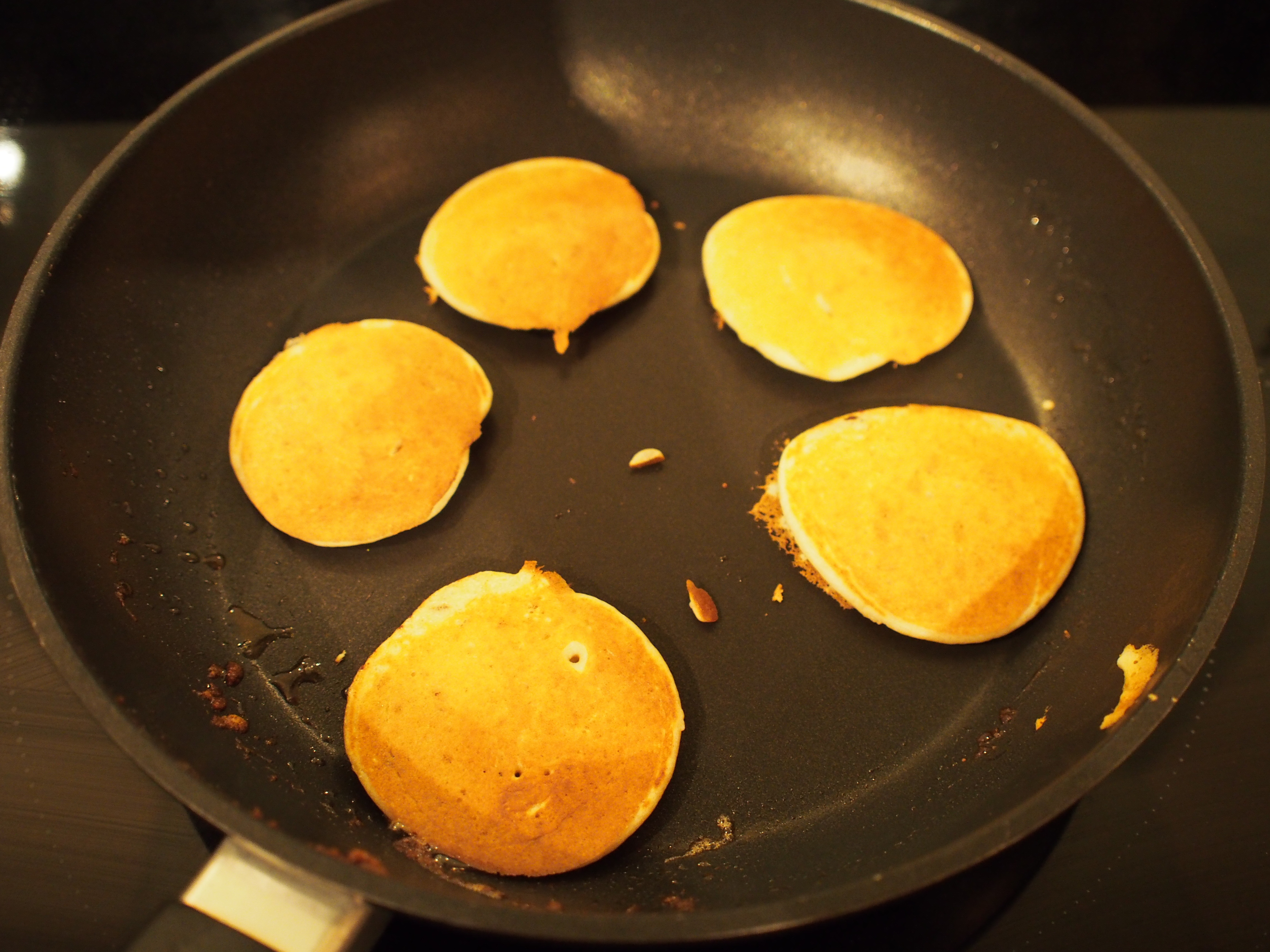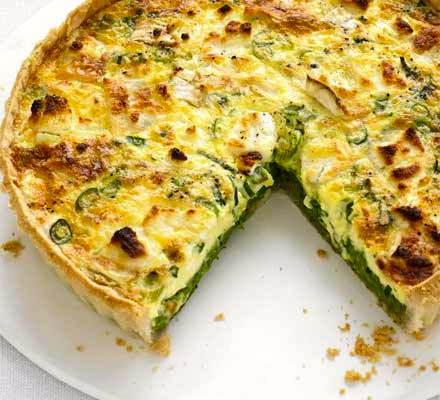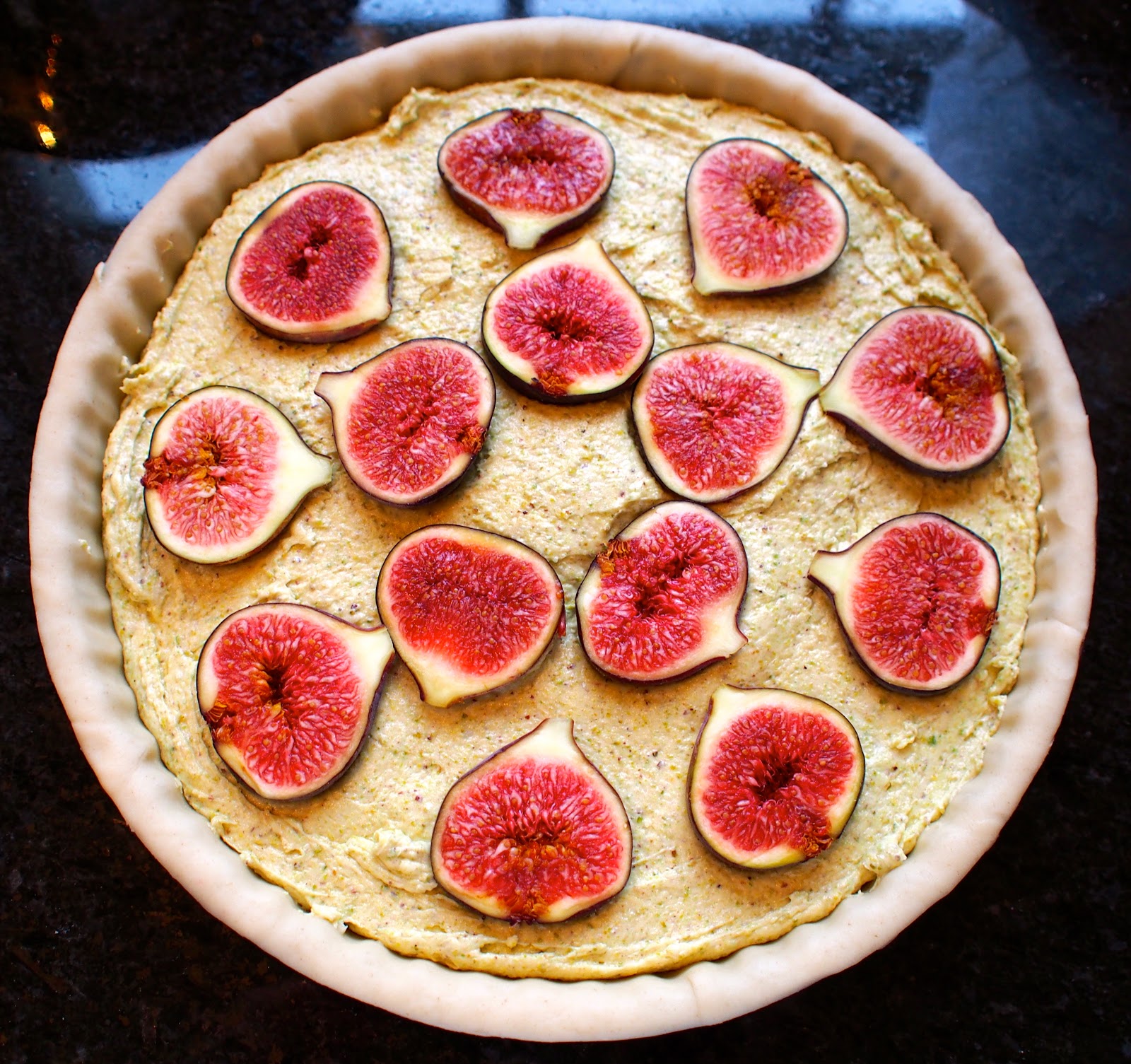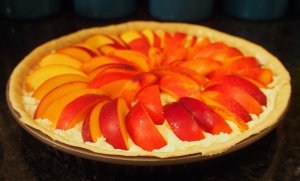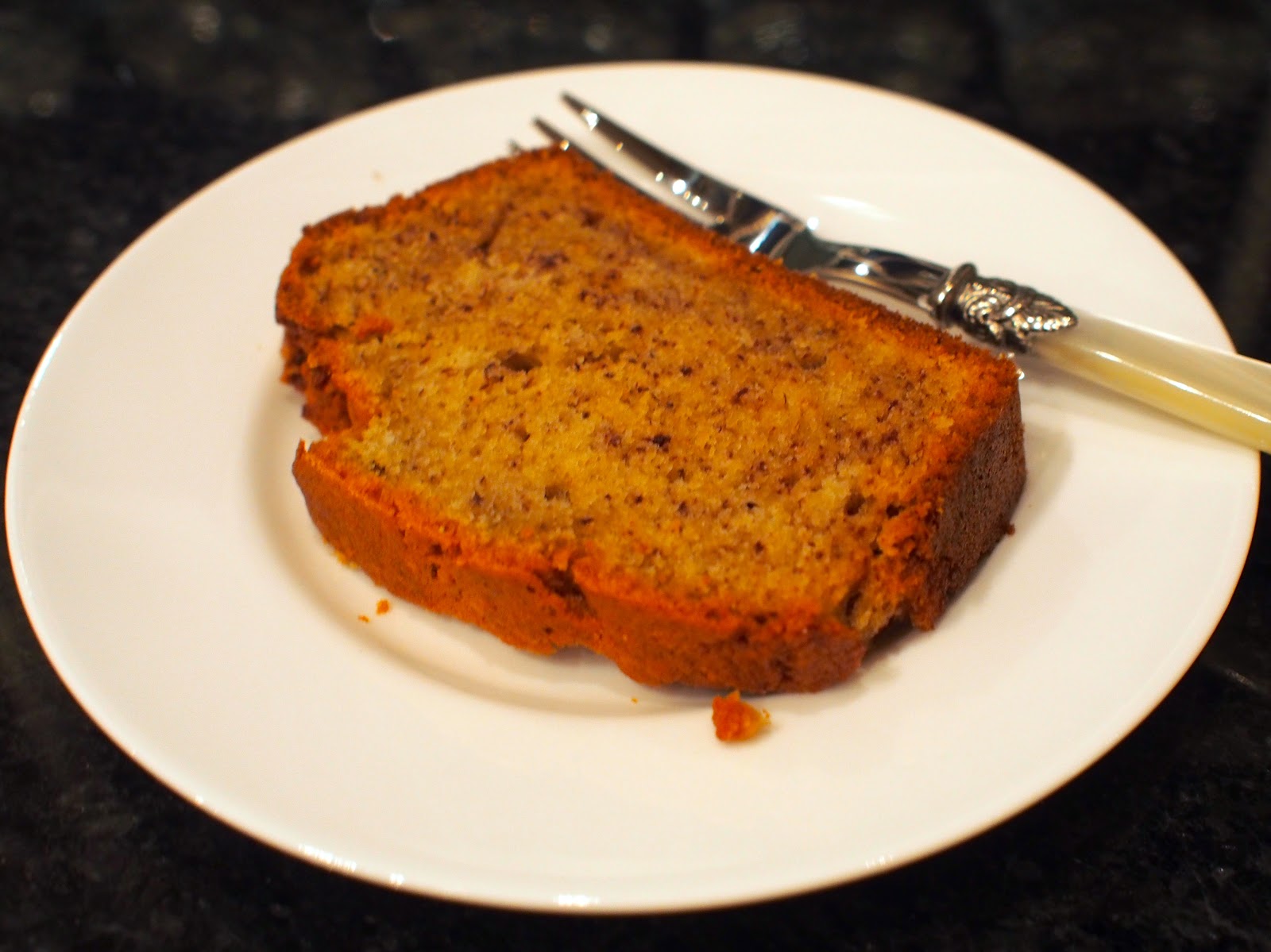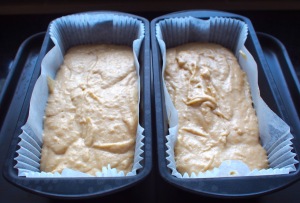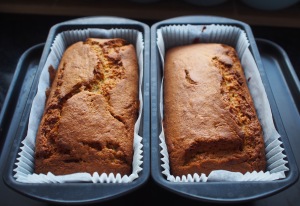 All bow to Mary Berry, the queen of baking. And it’s true, if I’m looking for a traditional bake, I’ll usually look at her recipe first and then move on to check out any variations. In this case we’ve never moved beyond Mary’s recipe, and it’s the cake the children ask for most. If made using the all-in-one method in a food processor, it literally can be in the oven in five minutes… C’mon – who doesn’t have time for a five minute cake???
All bow to Mary Berry, the queen of baking. And it’s true, if I’m looking for a traditional bake, I’ll usually look at her recipe first and then move on to check out any variations. In this case we’ve never moved beyond Mary’s recipe, and it’s the cake the children ask for most. If made using the all-in-one method in a food processor, it literally can be in the oven in five minutes… C’mon – who doesn’t have time for a five minute cake???
The basic mixture is what the Americans call pound cake – that is that the four main ingredients weigh the same as each other. Although this can result in a slightly heavier cake than others, it is here lightened with a little baking powder. The sugar glaze also sinks into the cake, and forms a crust which keeps the moisture inside the cake.
For the cake:
3 large eggs
175g (6 oz) self-raising flour
175g (6 oz) caster sugar
175g (6 oz) softened butter
1.5 level tsp baking powder
Finely grated zest of 1 lemon
100g (4 oz) granulated sugar
Juice of 1 lemon
900g (2lb) loaf tin, greased and lined (or smaller presentation cases, as I have used)
- Preheat the oven to 180ºC / 350ºF / Gas Mark 4.
- Beat together the eggs, flour, caster sugar, butter, baking powder and lemon zest until smooth in a large mixing bowl and turn into the prepared tin
- Bake in the pre-heated oven for about 35 mins, or until golden brown, shrinking away from the sides of the tin and springy to the touch.
- While the cake is still warm, make the lemon drizzle topping. Mix together the sugar and lemon juice, and pour over the warm cake
- Do keep going back to top up the glaze until you can see it isn’t being absorbed any more. In my photographs, the cake on the left was glazed a couple of minutes before that on the right – both had the same amount of glaze, but you can see that the one on the left has absorbed more glaze
- Leave to cool a little and loosen the sides of the cake, then lift the cake out of the tin (or, if using presentation cases, clearly you can leave the cake alone until you need it. This will keep it fresher for longer
- If the mixture looks too thick, add a little milk to slacken it
- If using a food processor, try not to over mix the batter, as it will over-develop the gluten – just mix the batter for long enough to bring it together
- If you do make it in the traditional way (beating the butter and sugar) you will get a better cake – depends how much of a purist / sadist you are – I now do it the full form way!
- My batter looks a little orange. Because I was using small eggs, I’d put in four to make it up to the right quantity, giving me one extra yolk. I was also using Clarence Court eggs, and their yolks are a very rich colour
- I don’t use the recommended quantities for the glaze, as I often have very large lemons (from lovely Natoora – yummy Amalfi lemons!). So, I juice my lemon, and then add enough sugar to give you a firm enough glaze. Works perfectly well, and doesn’t seem to overdo the sugar glaze – of course this may be because I’m putting it across two smaller cakes
- If using slightly smaller cases, do reduce the cooking time accordingly
- The mixture makes two cakes in the cases I use, and they take around 25 minutes to cook
- The little presentation cases are available in bulk from Bakery Bits
- This makes an excellent tray bake too – if using the tray bake size from Lakeland, give the cake about 20-22 minutes…
This recipe is taken from Mary Berry’s Stress-free Kitchen
